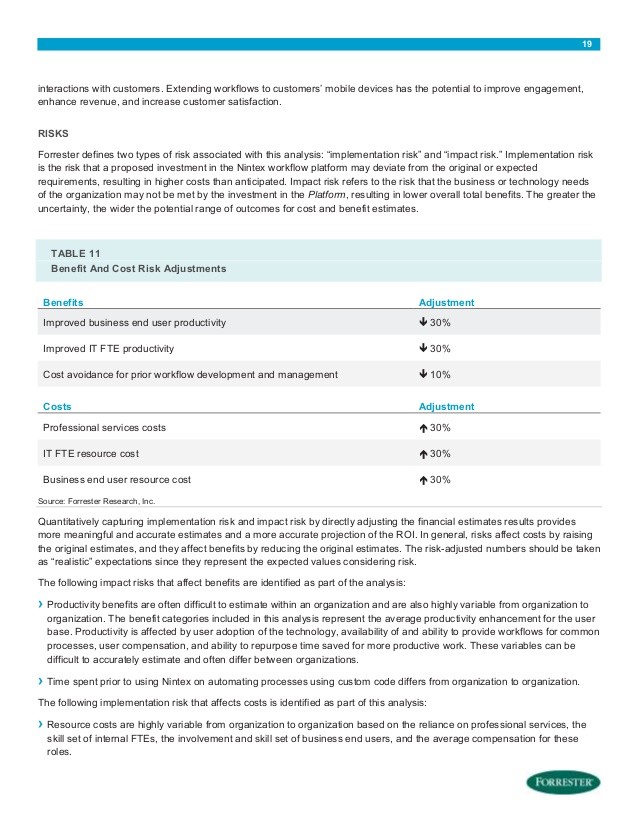Investing for Beginners Defining the Types of Investors
Post on: 30 Апрель, 2015 No Comment

The Investor Defined
An investor is an individual or company that invests in an investment instrument with the expectation of financial gain. Instruments vary from low risk to high risk. Low risk investments are those where there is the possibility that a low percentage or all of the funds invested can be lost. On the other hand, high interest risk involves higher risk of losing money invested, but will yield a high return if all goes well. Low-income risks include dividend accounts, U.S. Treasury Securities, and money market accounts, whereas high-risk securities comprise of investments in things like biotechnology stocks. There are five types of investors: Careful Investor, Short Term Investor, High Growth Investor, Plus Investor, and the Growth Oriented Investor. Different schools of thought have suggested different numbers of investor types. However, most investors fit the profile of one of the following five types.
The Careful Investor
This investor type hardly takes risk. Peace of mind and reassurance that one’s money is safe and secure is paramount with this investor. These investors will invest primarily in low risk securities such as bonds, but would also place a small amount of capital in equities. This investor also favors short-term investments. The split is usually 90 percent bonds and 10 percent equity.
The Short Term Investor
This type of investor minimizes risk on investments. They invest in securities that are short-term in nature with minimal price fluctuations. Bonds are the investment of choice. High preference is given to those fixed income instruments with short maturity dates, as these tend to have the lowest risk attached. All capital from this investor is invested in bonds.
The High Growth Investor

The Plus Investor
With a timeline of 3 years or more, this investor is willing to accept a loss in the short term with the expectation of gaining higher returns in the long term. This investor tends to invest primarily in bonds with relatively stable equities to balance their portfolio. Eighty percent of the capital from this investor is invested in bonds and 20 percent in basic equities. The plus investor operates much like the basic investor. However, the investment strategy employed is intended to gain higher returns in the long term through the utilization of a lower percentage of bonds and a higher percentage of equity in their portfolio.














